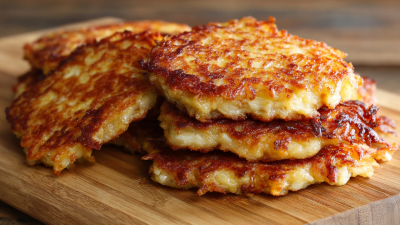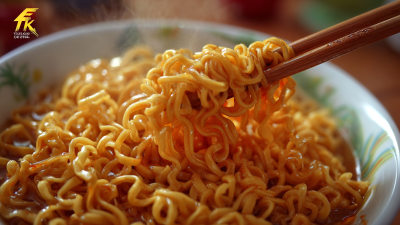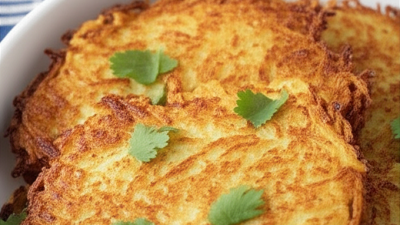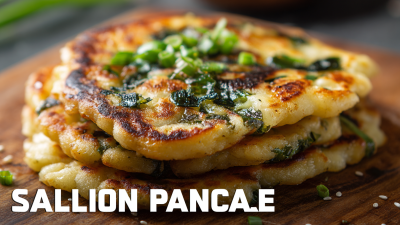
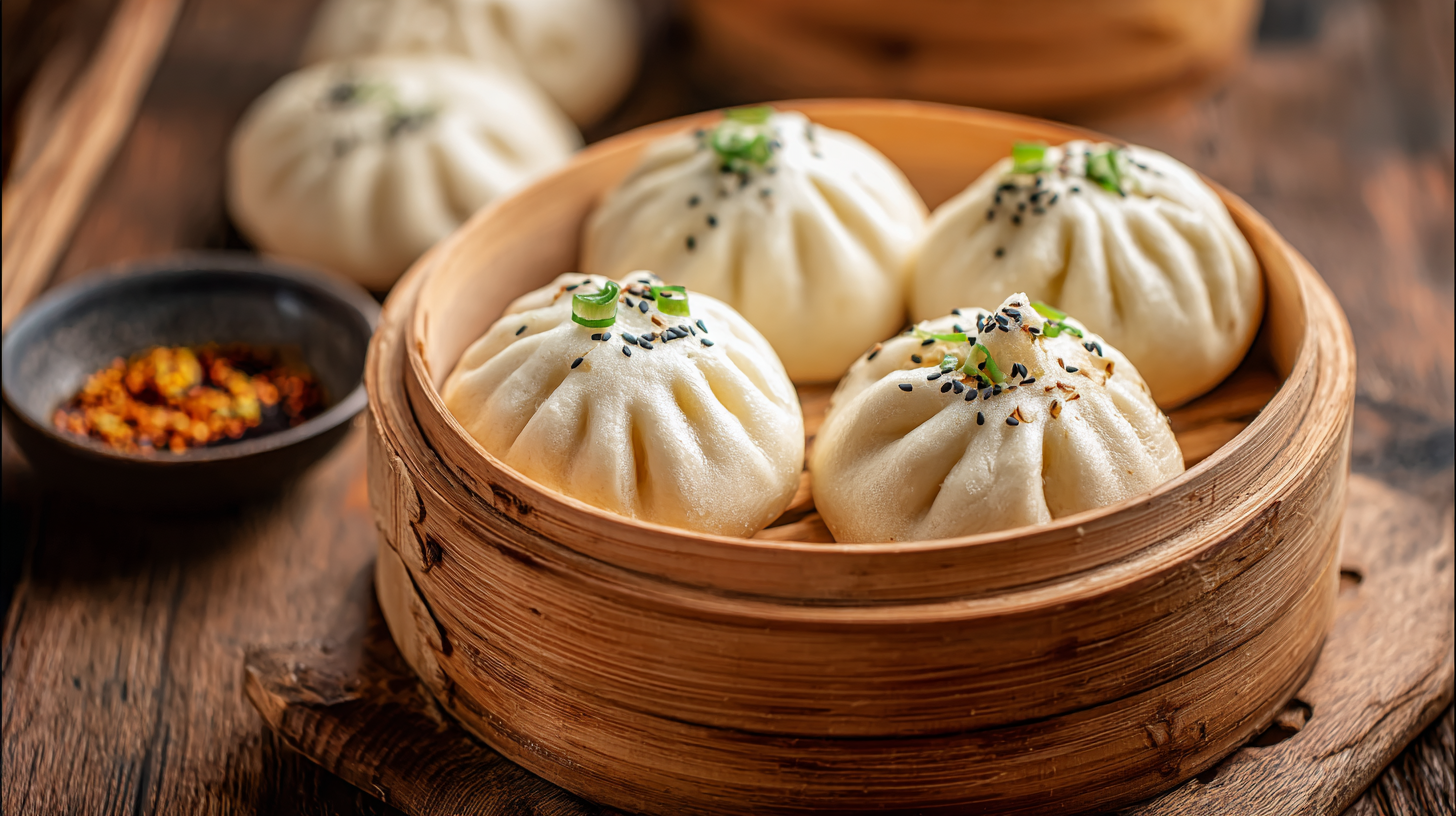 Steamed Bao Buns, those delightful, pillowy pockets filled with an array of savory or sweet fillings, have won the hearts of food lovers around the globe. Whether you're enjoying them at a bustling dim sum restaurant or experimenting with recipes in your own kitchen, achieving the perfect texture and flavor can feel daunting.
Steamed Bao Buns, those delightful, pillowy pockets filled with an array of savory or sweet fillings, have won the hearts of food lovers around the globe. Whether you're enjoying them at a bustling dim sum restaurant or experimenting with recipes in your own kitchen, achieving the perfect texture and flavor can feel daunting.
Fortunately, mastering the art of steamed bao buns is not just for seasoned chefs. In this blog, we will unveil seven insider secrets that will elevate your bao bun-making skills to new heights. From selecting the right ingredients to perfecting your steaming technique, these tips will help you create bao buns that are fluffy, flavorful, and utterly irresistible.
Join us on this culinary journey and transform your kitchen into a bao bun paradise!
When it comes to crafting the perfect steamed bao buns, the right flour choice is paramount for achieving that ideal texture. The flour's protein content plays a vital role; a lower protein flour, such as cake or pastry flour, can yield a softer, fluffier bun. In contrast, all-purpose flour strikes a balance, providing enough structure to hold the bun together without compromising its delicate bite. For those looking for a unique twist, incorporating a splash of vital wheat gluten can enhance elasticity and chew, making your bao buns stand out at any gathering.
As the competition among bakeries intensifies, particularly during festive seasons like Easter, experimenting with unconventional flavors and ingredients is becoming the norm. With the rise of distinctive offerings, such as buns filled with coconut or infused with yuzu, it’s an exciting time for bao enthusiasts. These innovative flavors remind us that while the foundation of a good bun lies in its flour, the creativity in fillings can elevate the traditional steamed bao into a culinary experience that reflects contemporary tastes. Mixing the right flour with adventurous flavors can indeed lead to the next big thing in the world of bao buns.
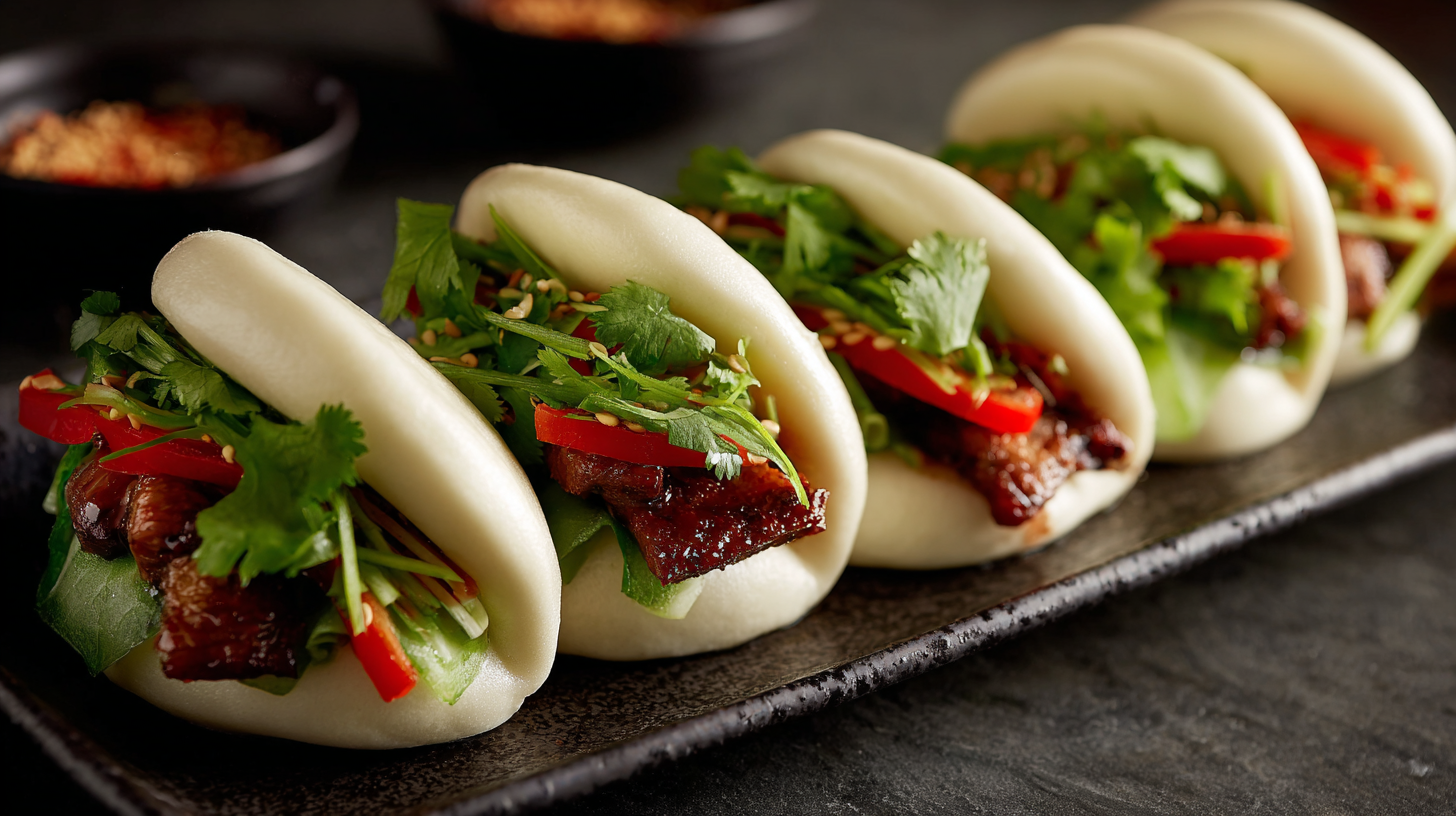
When it comes to crafting the perfect steamed bao buns, achieving the right dough hydration ratio is crucial for that coveted light and fluffy texture. Ideally, a hydration ratio of around 60 to 65 percent works best. This means that for every 100 grams of flour, you should incorporate 60 to 65 grams of water. This balance allows the starches in the flour to fully absorb the moisture, promoting the development of gluten and resulting in a soft, airy crumb that holds its shape beautifully.
The flour type you choose also plays a significant role in the hydration process. High-protein bread flour is recommended, as it can absorb more water without becoming overly sticky. Additionally, incorporating a small amount of baking powder can enhance the bun's rise, contributing to that light texture. The dough should be kneaded until smooth and elastic, then allowed to rest and rise in a warm environment. This resting period is essential as it allows the gluten to relax, making the dough easier to roll and shape. With the right hydration ratio and technique, your bao buns will emerge from the steamer perfectly tender and deliciously fluffy.
When it comes to achieving perfectly elastic bao dough, the kneading technique is crucial. Proper kneading helps to develop gluten, giving the dough its signature chewy texture. Start by combining your flour with warm water and other ingredients until a rough dough forms. Then, transfer the dough to a lightly floured surface and knead it for at least 10 minutes. The dough should become smooth and elastic during this time, so don’t rush the process. If it feels sticky, sprinkle a little more flour as needed to keep it manageable.
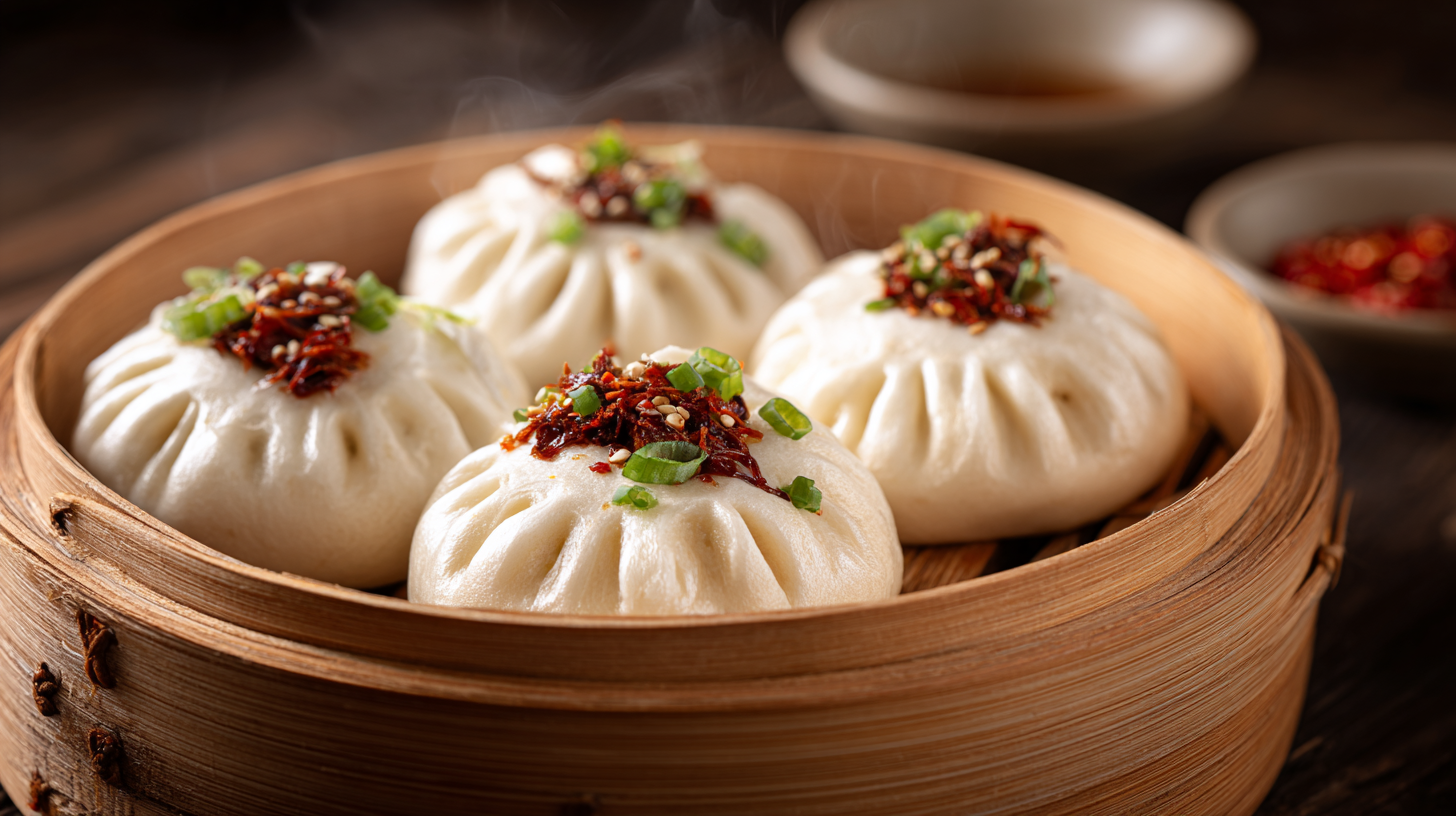
One of the best tips for effective kneading is to use the “slap and fold” technique. This involves lifting the dough, slapping it down onto the work surface, and then folding it over itself. Repeat this motion while turning the dough a quarter turn after each fold. This method not only develops gluten faster but also helps incorporate air, resulting in a lighter bao. Remember to be patient; allowing the dough to rest for 30 minutes after kneading will further improve its texture, making it easier to shape into soft, pillowy buns.
When it comes to mastering the art of steamed bao buns, the steaming time is a critical factor that directly influences their texture and overall consistency. A scientific approach reveals that the duration of steaming not only affects moisture retention but also impacts the gluten structure within the dough. If the buns are steamed for too long, they may become overly dense and chewy, while insufficient steaming can lead to a gummy or doughy interior.
To achieve the perfect bao bun, it's essential to fine-tune your steaming time based on the size and thickness of the buns. Generally, a steaming time between 10 to 15 minutes is ideal for standard-sized bao, but adjustments may be necessary for larger or smaller varieties. Monitoring the steam level and temperature is equally important; too much steam can result in soggy buns, whereas too little can hinder the cooking process. Experimenting with timing and paying attention to these scientific principles will help you create bao buns that are light, fluffy, and delectably consistent every time.
When it comes to crafting the perfect steamed bao buns, innovative filling ideas are key to balancing flavor and texture. Traditional fillings like pork or chicken can be elevated by incorporating unique ingredients, adding a contemporary twist to classic flavors. For instance, consider blending savory and sweet elements with fillings such as spicy veggie mix combined with a touch of chocolate for dessert bao. This innovative approach not only intrigues the palate but also creates a satisfying contrast of flavors.
The recent popularity of bao buns has led to a wider range of creative fillings. Inspired by global culinary trends, you could fill these fluffy buns with butter chicken, making them a fusion of Indian and Asian cuisine. Alternatively, a blend of Italian and Asian flavors could be achieved with tortellini-inspired fillings, marrying two beloved staples into one delightful bun. The versatility of bao buns allows for an endless exploration of flavors, ensuring there's a delicious option for everyone – whether you prefer something savory, spicy, or sweet.
| Filling Type | Flavor Profile | Texture | Cooking Method |
|---|---|---|---|
| Spicy Pork | Savory with a Kick | Juicy and Tender | Steamed |
| Vegetable Medley | Fresh and Earthy | Crisp and Crunchy | Steamed |
| Mango Coconut | Sweet and Tropical | Soft and Creamy | Steamed |
| Beef and Black Bean | Rich and Robust | Tender and Chewy | Steamed |
| Sesame Tofu | Nutty and Savory | Silky and Soft | Steamed |
| Chicken Teriyaki | Sweet and Savory | Juicy with a Slight Crisp | Steamed |
| Red Bean Paste | Sweet and Earthy | Smooth and Creamy | Steamed |


